
TAGTIK NEWS - TO THE POINT
Big in Japan at Autoworld, beautiful Japanese mechanics in Brussels
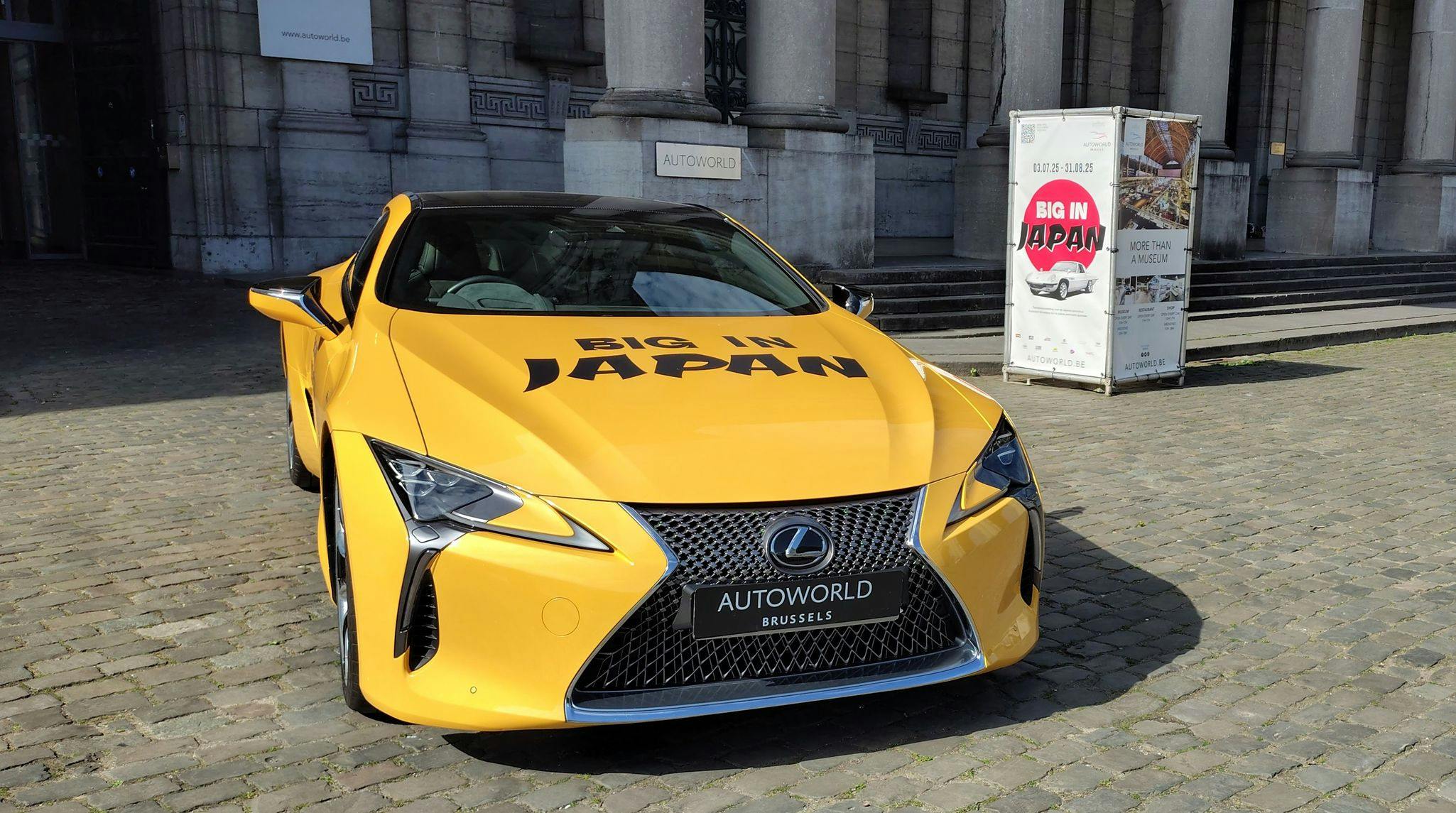
For this summer of 2025, Autoworld, the Brussels automobile museum, has taken on the colors of Japan on its ground floor and mezzanine. Big in Japan is a Shinrin Yoku exhibition with some gems to (re)discover.

Every summer, Autoworld opens its mezzanine for an exceptional exhibition. For 2025, Big in Japan is a tribute to an automobile and motorcycle industry imbued with references to Japanese traditions. While Japanese motorcycles and cars crisscross our roads daily, they are sometimes somewhat neglected in European museums, in proportion to Western models. The Brussels museum helps fill this gap until August 31, 2025. Here's a short visit with us...

Colorful Podium
Tip: Arrive just before 10am to see the Lexus LC leave the museum and set up shop on the Cinquantenaire esplanade. As soon as you pass through the portico, the usual temporary exhibition area reveals a white Mazda Cosmo with the rising sun of the Japanese flag. It's accompanied by a 1990 Honda NSX, a Nissan (Datsun) 280ZX, and legendary motorcycles such as the Honda CB750, the Yamaha R1, and the Suzuki Hayabusa. In the central aisle, a Subaru Sambar fire truck tries to extinguish the heat from its two-wheeled road rockets and the Superbike.

Stairs to the Archipelago
A torii gate welcomes you after the stairs, allowing you to wander up to the sanctuary mezzanine, a journey through the history of Japanese automobiles. With faux cherry trees and large displays evoking daily life, landscapes, and Japanese traditions, several enticing models are displayed by theme. Of particular note are the 1968 Toyota 2000 GT coupé and Targa. The latter allows you to gaze down into the wood-paneled cockpit. Suki! There's also the old 1963 Toyota Land Cruiser, which hasn't aged a day. A little ureshii! about the 1975 Toyota Celica, which awakened wonderful childhood memories.

Must-Sees
Of course, it's not all Toyotas. There's, for example, the old Honda NSX (the second in the exhibition) and the 21st-century version, launched in 2015. Let's take a moment to look at the Honda S2000 and Mazda "Miata" MX-5 (pre-production). Let's also not forget that the Japanese automobile industry has designed a host of small cars for economical travel. Big in Japan is an opportunity to discover a 1977 Honda Civic Automatic and a 1971 Datsun 100A. In one corner, the first hybrid car marketed for export: the Honda Insight. Oddly, there's no Toyota Prius this summer at Autoworld. Surprising! And no first-generation Nissan Leaf either... While you're at it, also check out the Subaru XT and the Toyota Hi-Ace Camper Rio campervan.

Let's move on to sports
Sports cars and supercars are on the menu. The famous 2002 Nissan Skyline GT-R R34 is there. Fast & Furious. The Honda Civic Type R explodes its yellow bodywork onto the carpet. And the Datsun 240Z reminds us that the Fairlady lineage remains admirable. This brings us to competition with rally cars, including Colin McRae's Subaru Impreza. A little further on, Carlos Sainz's Toyota Corolla WRC reigns supreme. The land of drifting has also seen some great victories on the circuit. No F1, but the Mazda 787 Le Mans, winner of the 24 Hours of Le Mans in 1991.

Too cute
And then, the Land of the Rising Sun is also the land of kei cars, those small city cars with low engine displacement (for tax reasons). They've resulted in some sometimes surprising kawaii models. Take, for example, the Autozam AZ1, a mid-engine turbocharged Mazda coupe with a rustic cockpit. Sometimes the Japanese don't hesitate to give exotic names to their cute little cars: Nissan Figaro, Suzuki Cappuccino. Yes, exotic for the Japanese, of course. In the trunk of a 1984 Honda Jazz Turbo II, you'll find a folding scooter: the Motocompo. This 50cc machine made it easy to navigate narrow streets... As for the Suzuki Forte, it was the brand's first model marketed in Europe, in 1969, with a 475cc engine.

Practical Information
After leaving the exhibition space dedicated to the Big in Japan exhibition, I invite you to explore the rest of the museum (since the ticket is all-inclusive). In particular, look for the 1967 and 1968 Honda S800 Cabrios, part of the museum's permanent collection. Autoworld is open daily from 10am to 5pm (6pm on weekends). Admission costs €17 (€14 for students, seniors, and children aged 4-12). Hurry, the exhibition ends on August 31, 2025. Afterward, it's time to explore tuned German cars from the '80s and '90s!

(MH with Olivier Duquesne – Source : Autoworld – Photos : © Olivier Duquesne)
LATEST NEWS
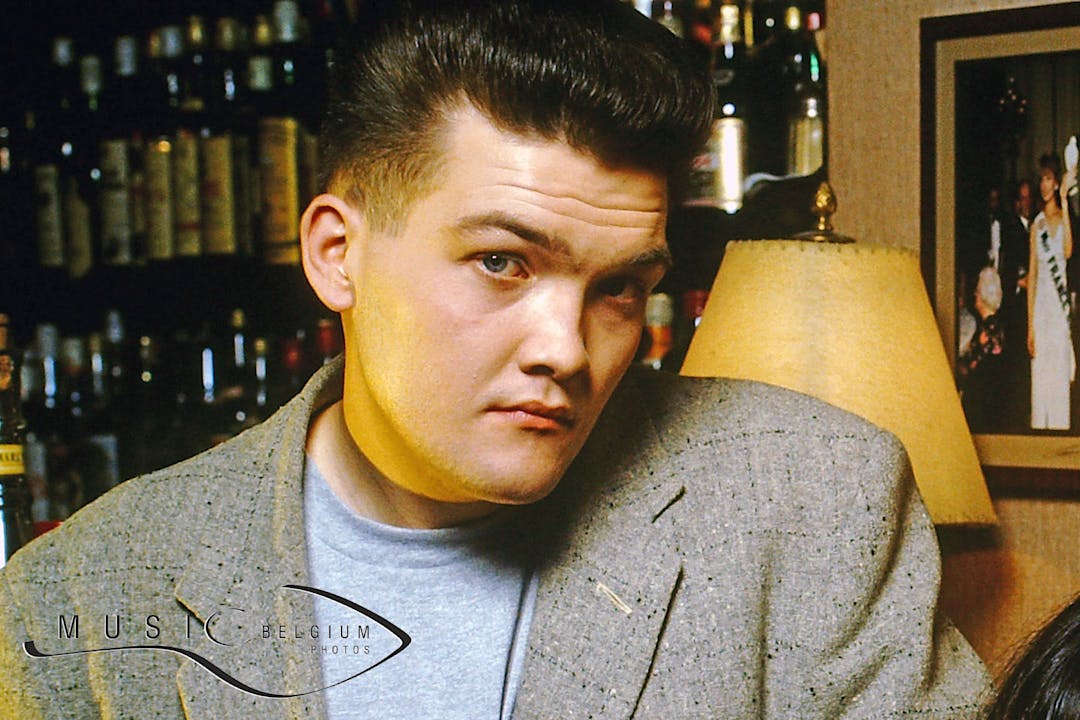
Born on December 6: Ben Watt, the male half of Everything But The Girl

Born on December 5: Patricia Kaas, The Voice's (France) new coach
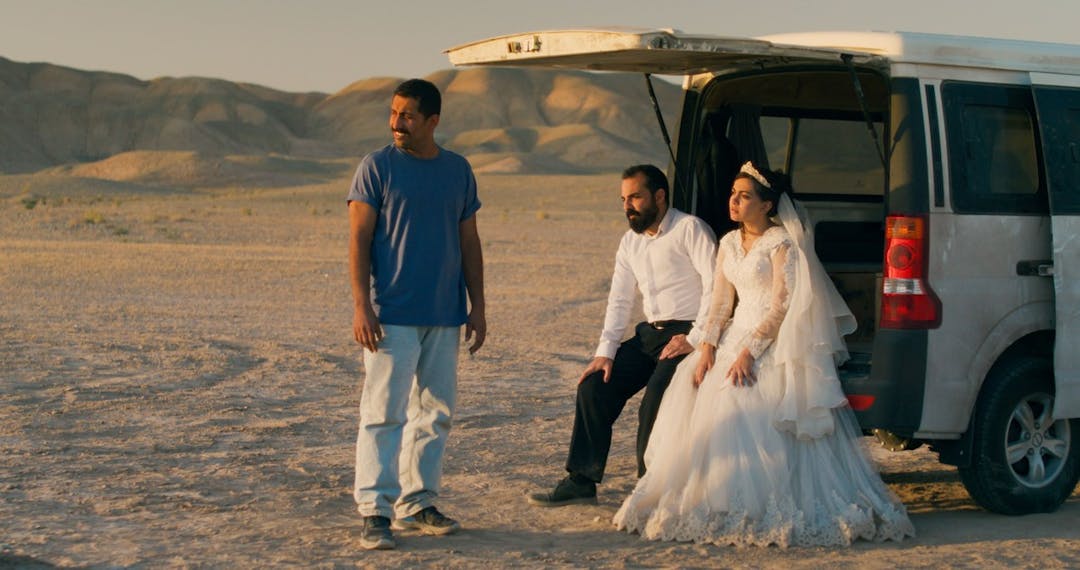
Jafar Panahi Wins New York Award and is Sentenced to Prison by Iran

Born on December 2: Peter Kingsbery, founder of Cock Robin with firebrand Ana LaCazio
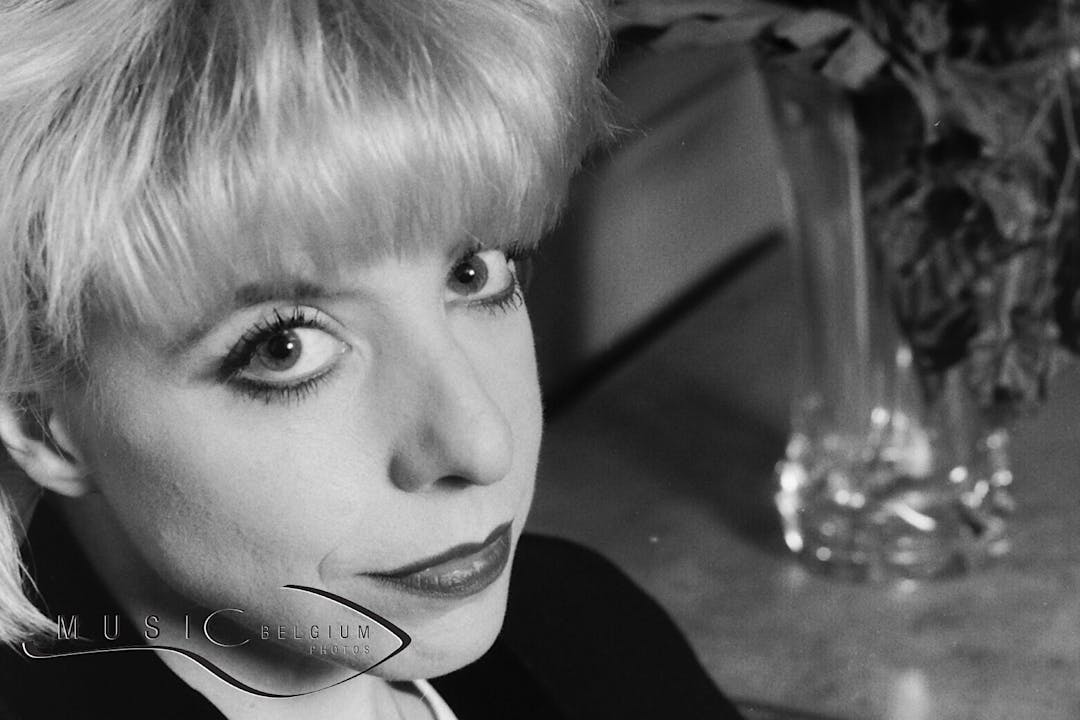
Born on December 1: Julee Cruise, "Twin Peaks'" haunting voice
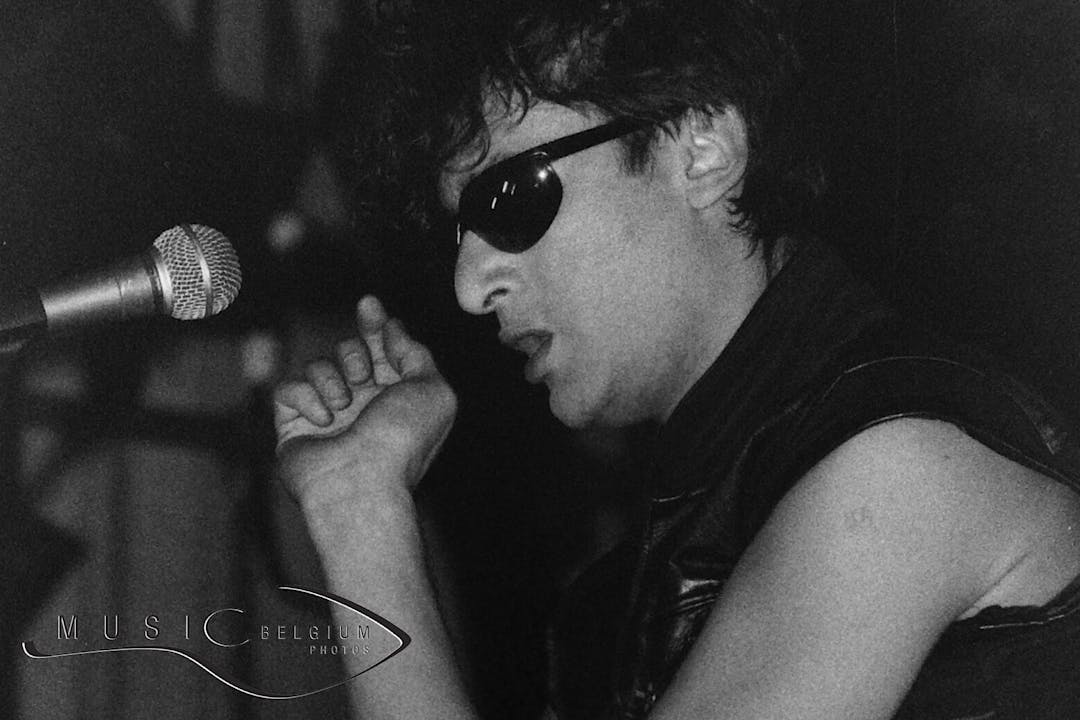
Born on December 1st: Alain Bashung, French rock poet who waited a long time for success
Quick links